Before we had computer engineers or computer scientists to design and build computers, researchers from many disciplines, including physics, mathematics, and electrical engineering, worked to develop the first computing machines. Iowa State University’s role in the modern computing history began in 1937, when a physics professor and an electrical engineering alumnus (then a graduate student in physics) began working to develop the world’s first electronic digital computer.
World’s first electronic digital computer
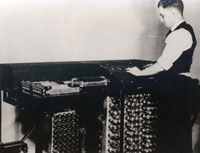
The Atanasoff-Berry Computer (ABC) was the world’s first electronic digital computer. John Vincent Atanasoff, a former Iowa State professor of physics and mathematics, and Clifford Berry, a former physics graduate student and electrical engineering undergraduate, built the computer at Iowa State University from 1937 to 1942.
In the project’s proposal, Atanasoff had planned to hire an electrical engineering student to assist him in building the computer. He then met an electrical engineering professor, Harold W. Anderson, while walking across campus. Atanasoff told Anderson the type of student he wanted and Anderson replied, “I have your man: Clifford Berry.”
The ABC looked nothing like today’s computers: It was the size of a big desk, weighed 750 pounds, and featured rotating drums for memory, glowing vacuum tubes, and a read/write system that recorded numbers by scorching marks on cards.
But, the machine also was the first to use several innovations that are still a part of today’s computers: a binary system of arithmetic, separate memory and computing functions, regenerative memory, parallel processing, electronic amplifiers as on-off switches, circuits for logical addition and subtraction, clocked control of electronic operations, and a modular design.
The Controversy of the ABC
The ABC’s place in computer history has been the subject of debate and even a federal court case.
When World War II interrupted work on the ABC, Atanasoff and Berry moved on to other jobs and projects. J. Presper Eckert and John Mauchly, developers of the ENIAC machine at the University of Pennsylvania, were the first to patent an electronic digital computer.
In 1973, however, U.S. District Judge Earl R. Larson overturned the ENIAC patents, writing, “Eckert and Mauchly did not themselves first invent the automatic electronic digital computer, but instead derived that subject matter from one Dr. John Vincent Atanasoff.” (Read more about the case from an electrical engineering alumnus, turned patent attorney, who investigated the patent.)
President George Bush awarded Atanasoff the National Medal of Technology on November 13, 1990.
Atanasoff died in 1995. Berry died in 1963, before the patent controversy over the ABC began.
| VIDEOS OF THE ATANASOFF-BERRY COMPUTER | ||
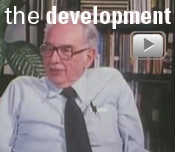 |
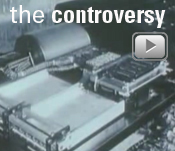 |
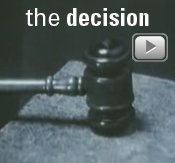 |
Books on the first electronic digital computer
Several individuals have written books on Atanasoff, Berry, and the electronic digital computer. In particular, R. K. Richards, a 1943 Iowa State electrical engineering alumnus, wrote Electronic Digital Systems. Richards’ statement in the book that “the ancestry of all electronic digital systems appear to be traceable to … the Atanasoff-Berry Computer” was cited in the court case that determined who invented the first digital computer.
See a list of articles, books, and other resources.
Atanasoff-Berry Computer Replica
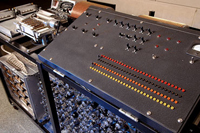
As a tribute to the late inventors of the ABC, a replica of the ABC was completed and demonstrated in 1997. It took a team of researchers, engineers, faculty members, retired faculty, and students from Iowa State and the U.S. Department of Energy’s Ames National Laboratory four years and $350,000 to build the replica ABC. The original was dismantled during the late 1940s and almost entirely discarded.
The current replica was moved to the Computer History Museum in Mountain View, California, in April 2010. The computer will be on display for 10 years with the possibility of an additional five years. A display about the development and history of the ABC, including replicas of several vacuum tubes and one of the machine’s rotating drums, remains in the Durham Center at Iowa State.
Read an ISU alum’s personal account of rebuilding the ABC.
More Information
This history was adapted from an ISU News Release by Mike Krapfl, press releases from the Department of Electrical and Computer Engineering (ECpE), and information provided by ECpE alumni.